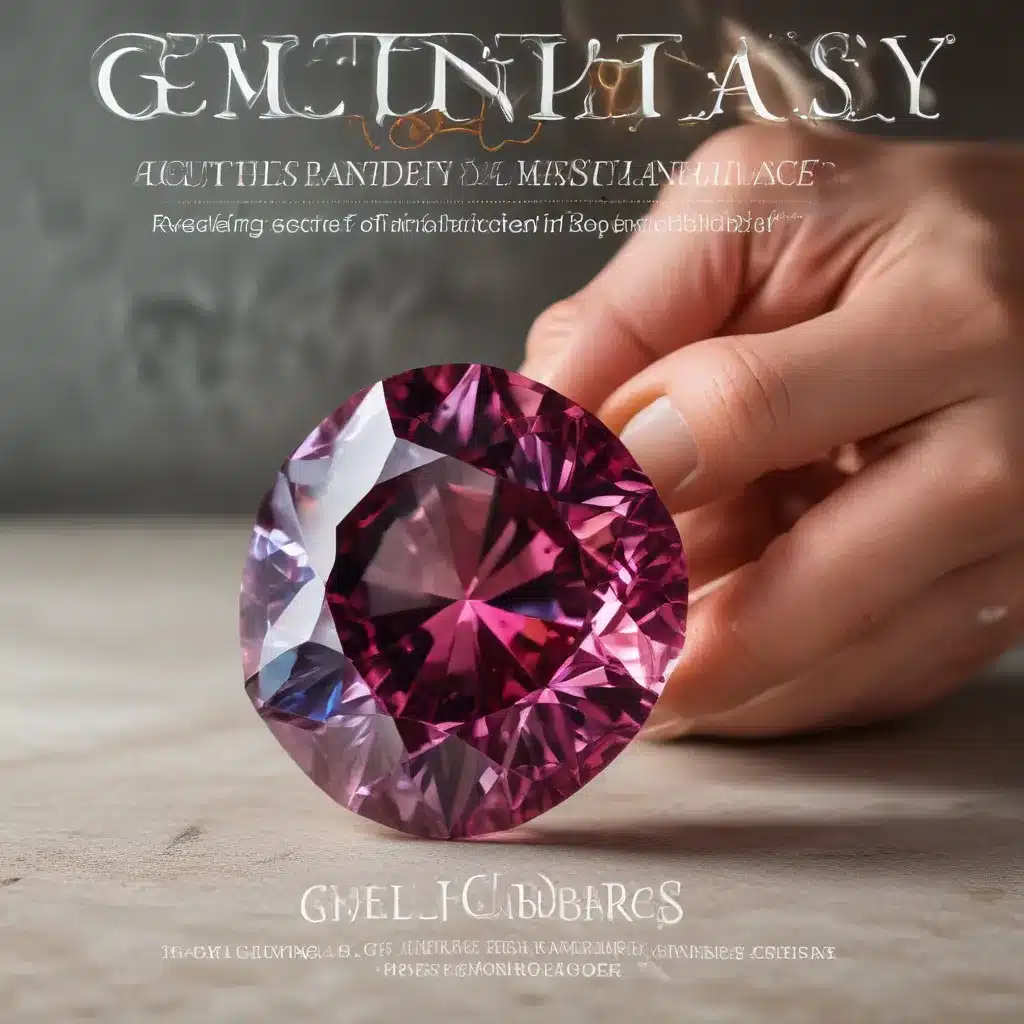
Crafting a flawlessly brilliant, fiery gemstone is an art form that requires deep knowledge, precision, and an unwavering commitment to perfection. As a gem and jewelry expert at Shelby Gem Factory, I’ve had the privilege of witnessing the mesmerizing transformation of raw gemstone rough into dazzling faceted gems. In this in-depth exploration, we’ll unveil the secrets behind creating these captivating optical marvels, from the science of light performance to the technical mastery of cutting and polishing.
The Fundamentals of Gem Cutting
At the heart of gem cutting lies a deep understanding of gemstone anatomy and properties. Each gemstone variety has unique optical and physical characteristics that must be considered to maximize brilliance and fire. For example, diamond and moissanite both possess high refractive indices, enabling them to bend light dramatically, but their dispersion values differ, resulting in distinct rainbow effects.
Skilled cutters employ a range of specialized techniques to shape and proportion the gemstone precisely. Faceting, the process of cutting flat, angled surfaces on the gem, is paramount. The angles and symmetry of these facets directly impact how light interacts with the stone, governing its ultimate appearance. Mastering the complex interplay between factors like crown height, pavilion depth, and table size is crucial for optimizing optical performance.
In addition to faceting, polishing plays a pivotal role in unlocking a gemstone’s full brilliance. A high-quality polish minimizes surface imperfections, allowing light to reflect and refract with maximum efficiency. The choice of polishing tools, compounds, and techniques can make the difference between a gem with exceptional fire and scintillation and one that appears dull and lifeless.
The Science of Brilliance
Unraveling the science behind gemstone optics is essential for understanding how to engineer the most captivating gems. Refraction, the bending of light as it passes through a medium with a different refractive index, is a fundamental principle. Gems with higher refractive indices, like diamond and moissanite, exhibit stronger refraction, resulting in more dynamic light performance.
Equally important is dispersion, the separation of white light into its component colors as it travels through the gem. Higher dispersion values, as found in diamond, lead to the iconic “rainbow fire” effect. Carefully balancing refraction and dispersion is key to crafting gems that dazzle the eye.
Symmetry and precision in cutting are also critical factors. Any deviations from the optimal proportions and alignment of facets can cause light to leak out of the stone, diminishing its brilliance. The most masterfully cut gems display ideal table sizes, crown heights, and pavilion depths, ensuring that light is reflected and refracted to perfection.
Mastering Cutting Practices
The journey to becoming a skilled gem cutter begins with a deep understanding of lapidary techniques. Aspiring cutters must master the intricate processes of sawing, grinding, and polishing to shape the rough gemstone into a precisely proportioned masterpiece. Developing a keen eye for detail and an unwavering hand is essential for producing flawless, symmetrical facets.
As cutters advance in their craft, they can explore more specialized cutting styles, such as fancy cuts and custom designs. These unique approaches allow them to showcase the natural beauty of the material while imbuing the gem with an exceptional, one-of-a-kind appearance. From the captivating cushion cut to the elegant oval and the dazzling radiant cut, each style has its own technical nuances that must be mastered.
Cutting strategies for certain gemstone varieties, like synthetic stones or colored gems, also require specialized knowledge. For instance, moissanite and cubic zirconia (CZ) may necessitate different cutting parameters to optimize their distinctive optical properties, while colored gemstones like sapphires and rubies demand a delicate balance between preserving the natural hue and maximizing brilliance.
Gem Rough and Procurement
The journey to a magnificent faceted gem begins with the careful selection and preparation of rough material. Cutters must develop an astute eye for evaluating the clarity and inclusions present in the rough, as these factors significantly impact the final appearance and value of the polished stone.
Once the rough has been carefully assessed, the cutter must devise a cutting plan that maximizes the gem’s potential. This often involves strategically orienting the rough to capitalize on the natural symmetry and minimize waste. Skilled cutters can sometimes transform what appears to be a flawed or irregular rough into a stunning, high-quality gem through their expertise and vision.
The final cut grade of a gemstone is a crucial determinant of its value. Grading systems like the Gemological Institute of America (GIA) Cut Grade provide a standardized benchmark for evaluating factors such as brightness, fire, scintillation, and polish. Masterfully cut gems that excel in these areas command premium prices in the market.
Closing Thoughts
The art of gem cutting is a captivating blend of technical mastery, scientific understanding, and creative vision. From the fundamental principles of light interaction to the intricate details of cutting and polishing, each step in the process requires unwavering attention and skill. By delving into the secrets of exceptional brilliance and fire, gem cutters at Shelby Gem Factory are able to transform the raw potential of gemstone rough into dazzling, one-of-a-kind masterpieces that captivate the senses and command admiration.
Whether you’re a seasoned jewelry enthusiast, a prospective buyer, or a budding gem cutter, exploring the nuances of this age-old craft can open your eyes to the breathtaking wonders of the natural world. So let us continue to unravel the mysteries of gem cutting, one masterful creation at a time.

